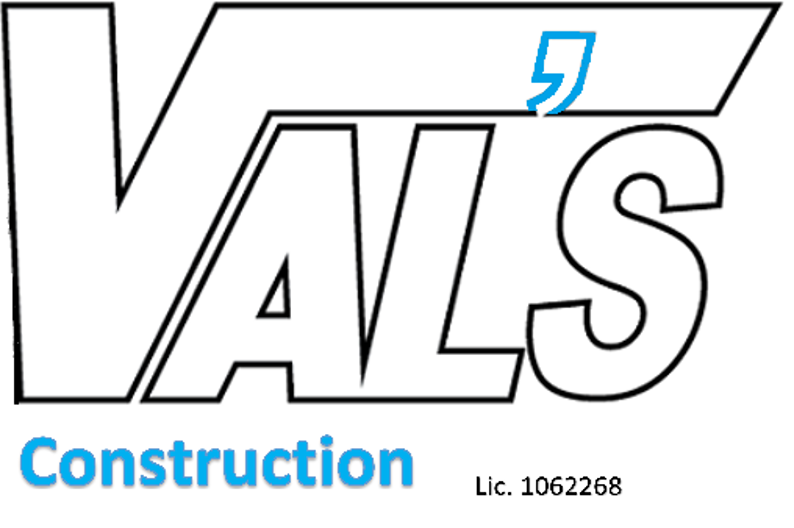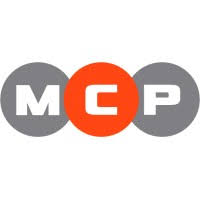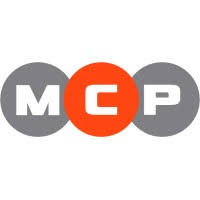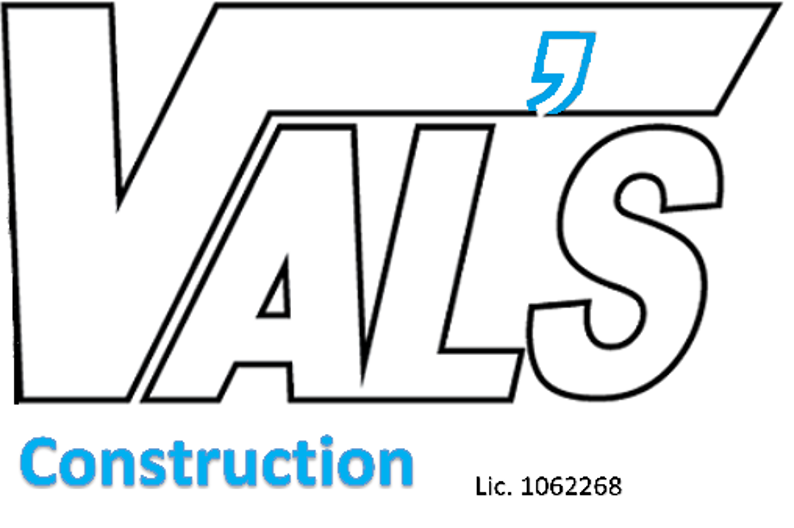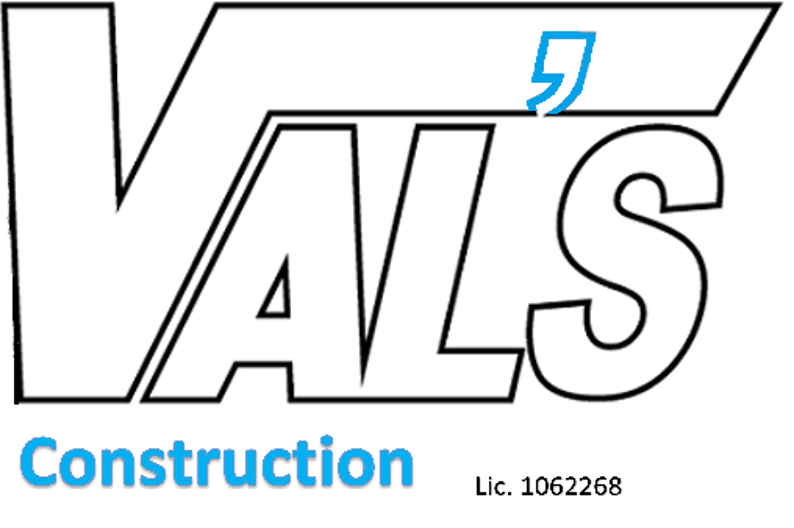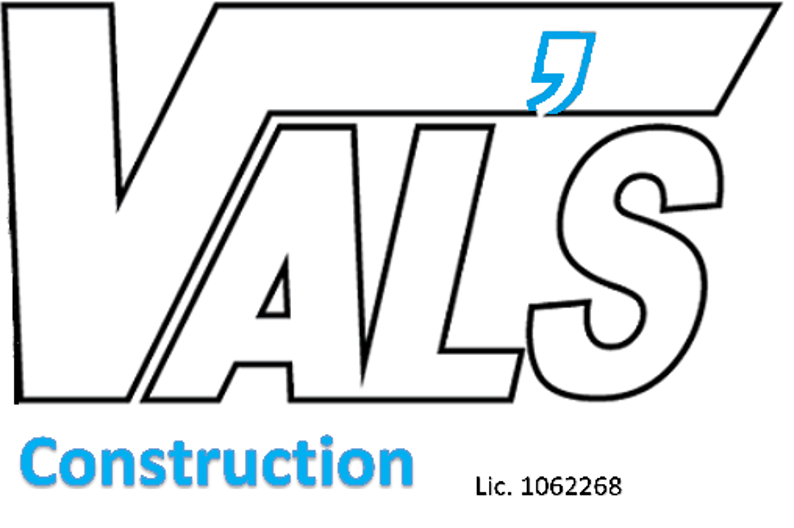Title Page
-
Site conducted
-
Document No.
-
Audit Title
-
Client / Site
-
Conducted on
-
Prepared by
-
Location
-
Personnel
-
Add location
HEALTH & SAFETY MANAGEMENT
-
Adequate and suitable Method Statements have been written where appropriate and are being followed.
-
Site Personnel demonstrate awareness of contents of Health & Safety Policy.
-
Site Personnel demonstrate awareness of their own responsibilities with regard to health and safety.
-
Site Personnel have received adequate health and safety training.
-
Site management can demonstrate that health and safety of site personnel is an integral part of their day to day management.
-
Weekly site inspection sheets have been completed by the site manager.
IDENTIFICATION OF HEALTH AND SAFETY HAZARDS AND PROBLEMS ON CONSTRUCTION SITES
-
Regular internal site safety inspections are carried out and any risks that are identified are acted upon promptly.
-
Internal site safety inspections are recorded and filed.
RECORDS, STATISTICS AND MONITORING OF ACCIDENTS AND INCIDENTS
-
A suitable system for recording accidents, incidents and hazards is in place.
-
Incidents reportable under R.I.D.D.O.R are being reported promptly.
-
All inspections of site safety, vehicles, plant, excavations, scaffolds and harness are recorded and filed.
-
An adequate Health & Safety File is being maintained.
CONTRACTORS & PEOPLE WORKING ON COMPANY PREMISES NOT EMPLOYED BY THE ORGANISATION
-
Non-employees and sub-contractors of the Organisation have been made aware of the Company Health & Safety Policy and have signed to agree that they will adhere with it AND/OR sub-contractors have supplied their own Health & Safety Policy which has been approved in writing by a suitably authorised person within the Organisation.
ASBESTOS
-
Any Asbestos Containing Material (ACM) is being managed according to legislation and company Health & Safety Policy.
ACCESS
-
Safe separate access to site for vehicles and pedestrians has been provided.
-
All personnel can reach their area of work safely.
-
Gangways, ladders, roads, passenger hoists, staircases and scaffolds are in good condition.
-
Open edges on scaffolds, mobile work platforms, excavations, gangways etc. have suitable guard rails or other edge protection.
-
Holes are securely guard railed or are covered with fixed marked covers.
-
Working areas and walkways are free from slip and trip hazards and obstructions.
COSHH
-
Substances which are hazardous to health have been identified and suitable controls to eliminate or minimise risk of exposure are in place.
DRAWINGS
-
Adequate drawings and plans have been drawn up prior to works commencing and any additional drawings/amendments have been completed and are available for inspection.
ELECTRICITY AND OTHER SERVICES
-
Portable generators are meeting legislative standards for emission and noise.
-
Fuel supplies are stored only within in-built fuel tanks supplied by bunded fuel bowser with lockable lines.
-
Low voltage tools are being used where possible.
-
Where mains voltage is used, trip devices are provided.
-
Cables and leads are adequately protected and positioned safely.
-
Suitable plugs are being used.
-
Services have been identified, marked and adequately protected.
-
Electrical equipment is visually checked every day.
-
Electrical safety tests are carried out annually for all portable electrical equipment including trip devices.
-
No vehicles manoeuvre unsupervised under power lines.
EXCAVATIONS
-
Excavations are adequately supported using shoring, trench boxes or benching or sloped or battered back to a safe angle.
-
Safe methods are used to put in the supports, which do not involve personnel working in an unsupported trench.
-
Secure method of exit is available in all excavations.
-
All excavations are clearly marked and surrounded with barriers.
-
Stop blocks are provided and properly secured.
-
Materials, spoil and plant are stored at a safe distance from the edge of any excavations.
-
Excavations are inspected daily and results recorded and filed.
EMERGENCY PROCEDURES
-
Adequate emergency procedures for site evacuation are in place.
-
Adequate emergency procedures for rescue of injured personnel are in place
-
Additional emergency procedures are in place for any specific working conditions.
FIRE
-
Suitably competent Fire officer is present on site.
-
All personnel demonstrate awareness of fire procedures.
-
Adequate means of raising the alarm is available.
-
Suitable fire fighting equipment is available and positioned accessibly.
-
Adequate fire exit routes are clearly marked.
-
Adequate fire signage is displayed.
-
Flammable gases and combustible materials are stored safely.
-
Site is clean and tidy.
-
Fire Plan document has been prepared and is available for inspection.
CONSTRUCTION PHASE HEALTH AND SAFETY PLANS
-
An adequate Construction Phase Health & Safety Plan has been prepared and implemented in accordance with CDM Regulations.
-
The Contract Health & Safety File is being maintained as required by CDM Regulations.
-
F10 available (if applicable)
LADDERS
-
Ladders used are in good condition.
-
Ladders are regularly inspected.
-
Ladders are used resting on solid surfaces.
-
Ladders are only used fully extended and locked into place.
-
Personnel do not overreach while using ladders.
-
Ladders are suitable for the jobs they are being used for.
-
Personnel can demonstrate awareness of good ladder safety.
FIRST AID
-
Trained "First Aiders" are present on site at all times.
-
First Aid equipment adequate to the needs of works carried out on site is available.
MANUAL HANDLING
-
Lifting equipment is available to minimise manual handling.
-
Personnel have been trained in manual handling techniques and demonstrate awareness.
-
Aggregates are purchased in smaller weights where feasible.
METHOD STATEMENTS
-
Where necessary suitably detailed Method Statements have been prepared and are being followed for:
-
Asbestos
-
Excavations
-
Working in confined spaces
-
Working at heights
-
Hot works
-
Working on gas services
-
Working on electrical services
-
Working on pressure systems
-
Where sub-contractors are employed, they have signed to agree to work according to company Method Statements OR are following their own Method Statements which have been approved by the Organisation.
-
Method Statements are clearly written.
MOBILE TOWER SCAFFOLDS
-
Mobile tower scaffolds are constructed in accordance with WAHR and PUWER.
-
Mobile tower scaffolds are only constructed by personnel with a suitable training certificate.
-
Mobile tower scaffolds are only being used by suitably trained personnel.
-
Mobile tower scaffolds are only used with wheels locked and are empty when moved.
ROOF WORK
-
Suitable controls are in place to prevent any falls of persons, materials or tools from any height by using edge protection.
-
Where a person can fall more than 2 metres, a working platform with handrails and toe boards is provided AND/OR protective equipment such as boatswain's chair or rope access equipment AND/OR fall arrest equipment such as correctly and safely hung safety nets or harnesses.
-
Fragile materials on a roof have been identified and protected using barriers, covers or suitable working platform.
-
Personnel and the public are kept away from the area below any work at height.
-
Crawling ladders and boards are provided.
LIFTING EQUIPMENT
-
Mobile and static cranes are working on a firm level base.
-
Safe working loads are displayed.
-
Lifting equipment including, where applicable, aerial cableways, aerial ropeways, crabs, cranes, draglines, excavators, fork lifts, gin wheels, hoists, jacks, lifts, mobile elevated platforms and safe load indicators are inspected weekly.
-
Lifting equipment is additionally thoroughly examined by a suitably competent person every 12 months.
-
Current test certificate is available for all cranes.
-
Inspections are recorded and filed.
-
All operators hold suitable training certificates.
-
Cranes with a capacity of more than 1 tonne have an automatic safe load indicator.
-
Banksmen, slingers, signallers can demonstrate that they have been adequately trained in attaching loads.
-
Operatives ascertain weight and centre of gravity of load before attempting to lift it.
-
Hoists have a suitable base enclosure to ensure no-one could come into contact with any moving part.
-
The landing gates of any hoists are kept shut except when the platform is at the landing.
-
Powered access equipment is only erected by competent personnel.
-
Fixed lifting equipment is rigidly connected to the structure against which it operates.
-
The base of any powered access equipment is suitably fenced.
LIGHTING
-
Adequate lighting is provided.
-
Additional lighting is available after dark.
-
Emergency lighting is provided and functioning.
NOISE
-
Adequate noise assessments are carried out and suitable controls to minimise exposure to excess noise have been implemented.
-
Adequate PPE is provided.
-
Noisy work is restricted to certain times of the day, where possible.
-
Breakers are fitted with silencers.
-
Barriers have been erected to contain noise.
-
Personnel demonstrate awareness of the risks associated with excess noise.
PERMITS-TO-WORK
-
Asbestos
-
Confined Spaces
-
Electrical Works
-
Excavations
-
Hot Works
-
Roof Works
-
A suitable Permits-to-Work system is in place for:
PPE
-
Other necessary PPE is provided for operatives who need it.
-
PPE register is in use.
-
PPE is in good condition.
-
Appropriate head and foot protection and hi-visibility vest/jackets is worn at all times by all on site personnel.
PERSONNEL
-
Personnel hold adequate training certificates appropriate to the tasks required of them.
-
Personnel demonstrate adequate competency.
-
Personnel demonstrate understanding of personal responsibility for health and safety matters.
-
All personnel have attended a Site Induction.
PLANT AND EQUIPMENT
-
Test certificates are available where required.
-
Inspections are recorded and filed.
-
Correct plant and machinery is being used for the tasks being carried out.
-
Dangerous parts i.e. moving gears, chain drives, projecting engines shafts, are suitably guarded.
-
Operatives are competent and have relevant training certificates.
-
Loads are adequately secured.
-
Passengers are not being carried on vehicles not designed to carry them.
-
Personnel demonstrate awareness of HAV and have received adequate training.
-
All plant and equipment is inspected and maintained in line with PUWER and LOLER.
RISK ASSESSMENTS
-
Risk Assessments have been carried out for every work task prior to commencement and controls identified and implemented.
SCAFFOLDING
-
Handover certificates are used for scaffolds and work platforms.
-
Drawings and load calculations have been produced for non standard scaffolds.
-
All uprights have base plates and where necessary timber sole plates.
-
All uprights, ledgers, braces and struts are in position.
-
Scaffolds are adequately secured to the building.
-
Safe access is available to all scaffolds.
-
All working platforms are fully boarded with boards arranged to avoid risk of tripping or tipping.
-
Warning notices and barriers are in place to indicate any incomplete scaffold.
-
Scaffolds are regularly inspected and maintained and the results of the inspections recorded.
-
Where a person can fall a distance which could cause an injury, guard rails and toe boards are in place.
-
Toe boards are of suitable & sufficient height.
-
Upper guardrails are positioned at least 940 mm above the work area.
-
Measures have been taken to avoid any unprotected gaps of 470mm or more between toe board and guard rail.
-
All scaffolds are regularly inspected by a competent person and results recorded and filed.
-
All scaffolds are erected, altered and dismantled only by competent persons who have certified CITB/CTA etc. training in accordance with NASC guidelines and WAHR regulations.
SITE SECURITY
-
Adequate security gates and other measures are in place to prevent unauthorised access.
-
Site Attendance Register is used to sign all personnel in and out of the site including employees, contractors and visitors.
-
Plant is immobilised out of hours.
-
The public are fenced off AND/OR otherwise protected from the works.
-
Any piles of materials are safely stacked to avoid collapse.
SIGNAGE
-
All signage required by law is displayed appropriately.
SITE TIDINESS
-
Site is clean and tidy.
STORAGE
-
Storage areas are unobstructed.
-
Storage areas are of a suitable size.
-
Storage areas for combustible materials are located away from naked flames.
-
Designated storage areas have been set up and are clearly marked.
-
Suitable waste storage areas have been set up and waste is collected and removed regularly.
TOOLBOX TALKS
-
A register of "Toolbox Talks" delivered and personnel who attended are kept.
-
Regular "Toolbox Talk" training sessions are held.
TRAFFIC MANAGEMENT
-
Vehicles do not reverse without properly trained banksmen.
-
Vehicles and pedestrians are kept apart as far as possible.
-
Site access routes are clearly signposted and in good condition.
-
Holes are protected with fixed covers and clearly marked.
WELFARE FACILITIES
-
No smoking policy is strictly enforced.
-
No drugs or alcohol policy is strictly enforced.
-
Toilets for men and women are available and are clean and properly lit.
-
Washbasins are large enough to wash up to the elbow.
-
Soap and running hot and cold water and towels are provided.
-
Facilities to change, store and dry clothing are available.
-
Drinking water is available and clearly marked.
-
An indoor facility of adequate size is available for personnel to sit down, prepare hot drinks and hot food. All seating must be fitted with backs.
WASTE MANAGEMENT
-
Site waste management plan to be in place for all projects exceeding £300,000.
-
All site waste is to be segregated to facilitate re-use or recycling.
OTHER COMMENTS / OBSERVATIONS / RECOMMENDATIONS
-
Site operatives are van sharing as much as is practically possible
-
Add signature







